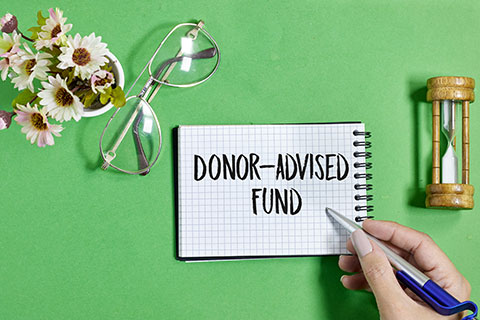The Pentera Blog
Tips for Getting a "Yes" From Your Planned Giving Prospects
Planned giving professionals understand that extensive time, patience, and effort normally must go into cultivating donor prospects and transforming those relationships into loyal planned giving donors for their charitable institutions. However, that difficult work can be made easier. Below are three essential tips for increasing your chances of arriving at a "Yes" when asking for planned gifts.
1. Make a Connection
People who decide to give planned gifts usually have some connection to the organization–such as an alumnus, student, volunteer, patron, board member, former patient, etc. These types of links are vital in terms of cultivating potential donors. Individuals who do not have direct personal associations may nevertheless hold an interest in your organization's mission. Perhaps they have a passion for the cause your nonprofit promotes or for the people you serve. Individuals who develop meaningful connections to an institution are more likely to make a significant planned gift. You can use visits, telephone calls, marketing materials, and networking to uncover possible links and explore potential interests. Stay connected by keeping your organization foremost in the minds of potential planned giving donors.
2. Provide Sufficient Information
Once there is a clear link or interest in your organization, your next step is to ensure that potential planned giving donors understand how they can contribute in a way that is beneficial to their personal and financial goals–while also supporting your organizational mission. For instance, individuals who want to secure additional income after retirement may be interested in gift annuities. Individuals not wishing to part with current assets may be willing to make bequests, while individuals looking to move into a retirement community may want to know more about a donation of real estate, with or without a retained life estate. Be sure your institution informs prospective planned gift donors of all charitable gift-giving options, as well as the various tax benefits that accompany such gifts.
3. Timing
Understanding the life stages of your potential donors will help you identify the planned gift vehicles that best serve your prospects' needs. As pioneers of life stage marketing–Pentera created the Life Stage Gift Planner™ in 1999 for our flagship web client–we not only make that tool a standard feature on our client sites, we also revolutionized the way planned giving is marketed. By taking into consideration important life phases, you can assess the financial and personal issues donors face and determine which assets they would most likely give. Such effective communication is more likely to result in a "Yes" as you discuss planned giving opportunities that benefit your donor, your donor's family, and your organization.
Pentera created the Life-Stage Marketer™ and Life-Stage Gift Planner™ to help you satisfy your planned giving goals. Contact us today to learn more about successful marketing strategies for achieving optimal results.


